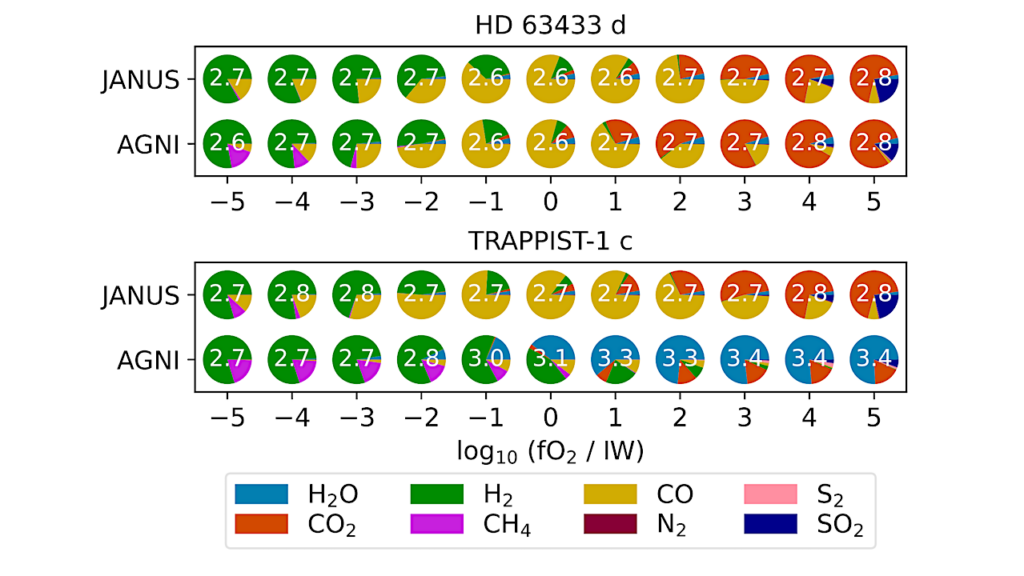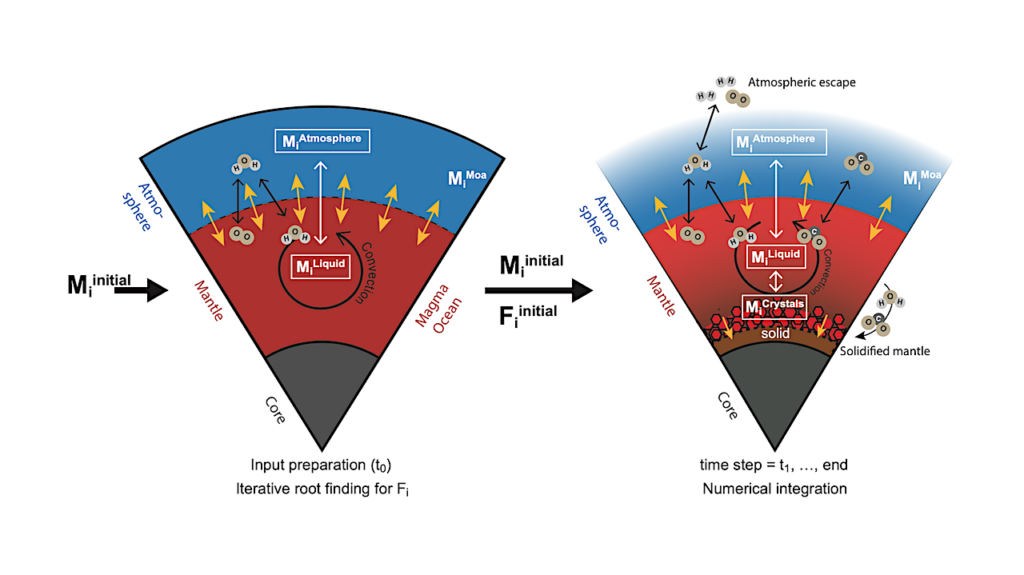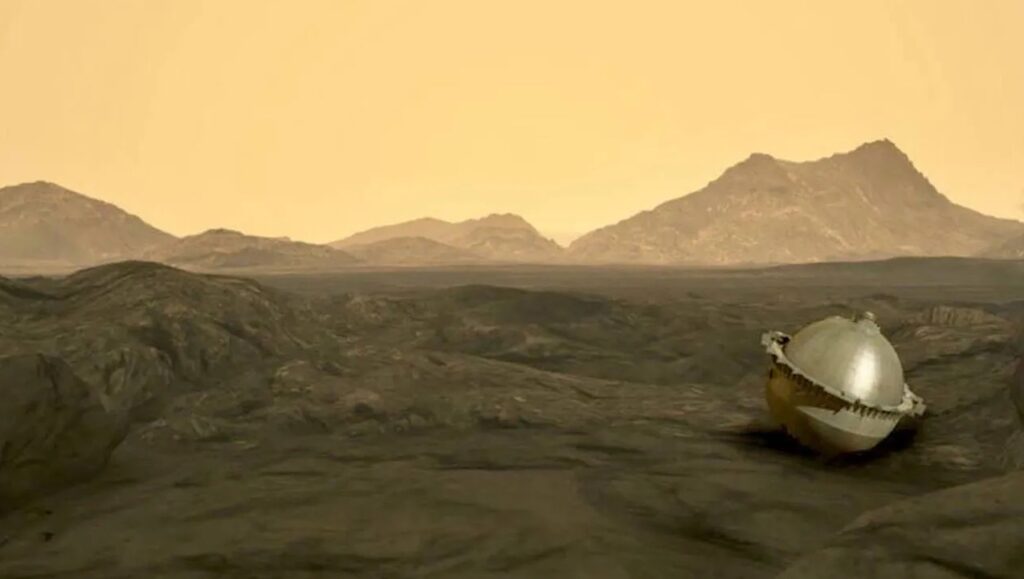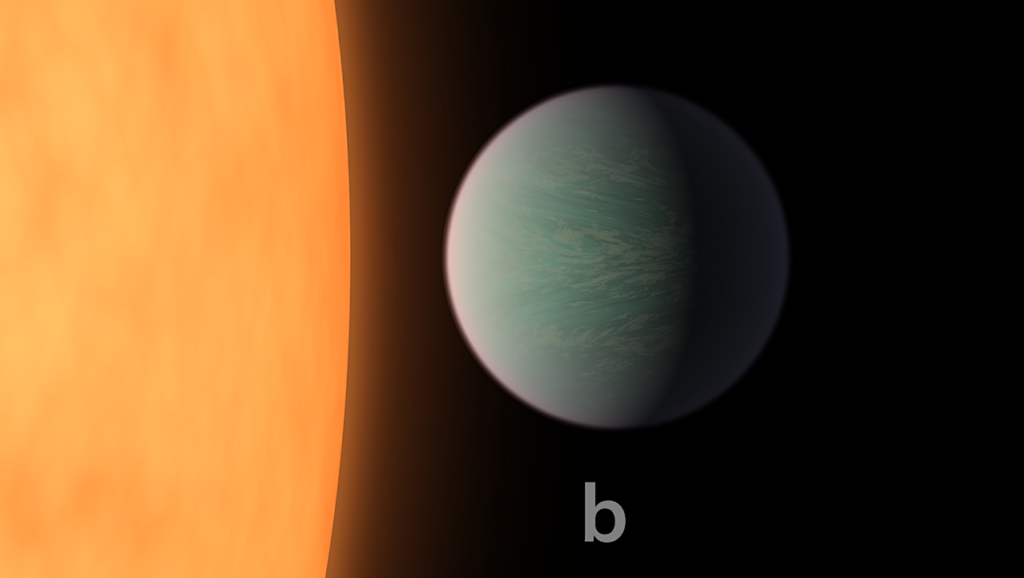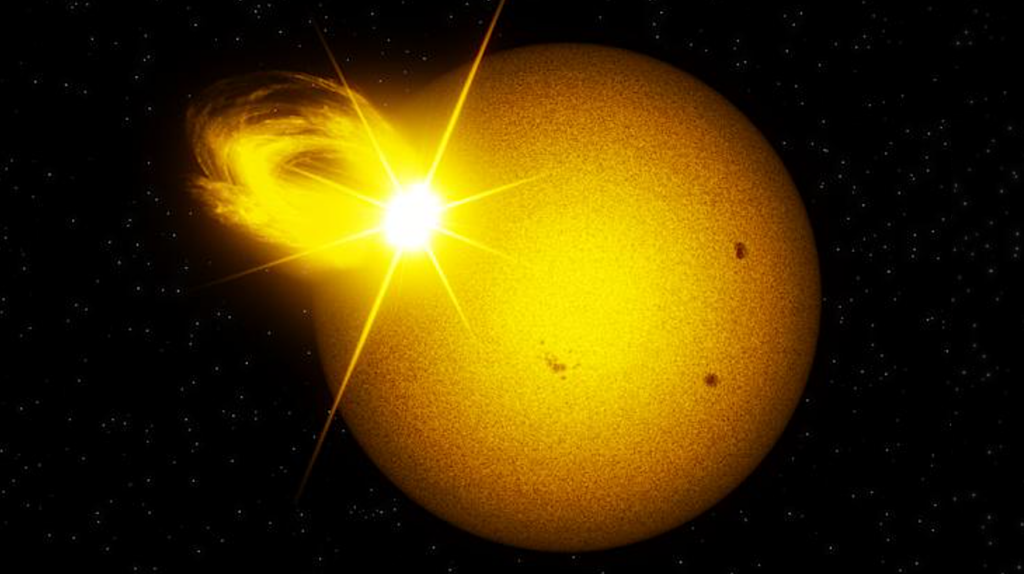Hurricanes on Tidally Locked Terrestrial Planets: Fixed SST Experiments

Are there hurricanes on exoplanets? Tidally locked terrestrial planets around M dwarfs are the main targets of space missions for finding habitable exoplanets. Whether hurricanes can form on this kind of planet is important for their climate and habitability.
Using a high-resolution global atmospheric circulation model, we investigate whether there are hurricanes on tidally locked terrestrial planets under fixed sea surface temperatures (SST). The effects of planetary rotation rate, surface temperature, and bulk atmospheric compositions are examined. We find that hurricanes can form on the planets but not on all of them. For planets near the inner edge of the habitable zone of late M dwarfs, there are more and stronger hurricanes on both day and night sides. For planets in the middle and outer ranges of the habitable zone, the possibility of hurricane formation is low or even close to zero, as suggested in the study of Bin et al.(2017).
Hurricane theories on Earth are applicable to tidally locked planets when atmospheric compositions are similar to Earth. However, if background atmosphere is lighter than H2O, hurricanes can hardly be produced because convection is always inhibited due to the effect of mean molecular weight, similar to that on Saturn. These results have broad implications on the precipitation, ocean mixing, climate, and atmospheric characterization of tidally locked planets. Finally, A test with a coupled slab ocean and an earth-like atmosphere in a tide-locked orbit of 10 earth days shows that there are also hurricanes in the experiment.
Mingyu Yan, Jun Yang
Subjects: Earth and Planetary Astrophysics (astro-ph.EP)
Cite as: arXiv:2007.02560 [astro-ph.EP] (or arXiv:2007.02560v1 [astro-ph.EP] for this version)
Submission history
From: Mingyu Yan
[v1] Mon, 6 Jul 2020 07:17:48 UTC (7,550 KB)
https://arxiv.org/abs/2007.02560
Astrobiology


